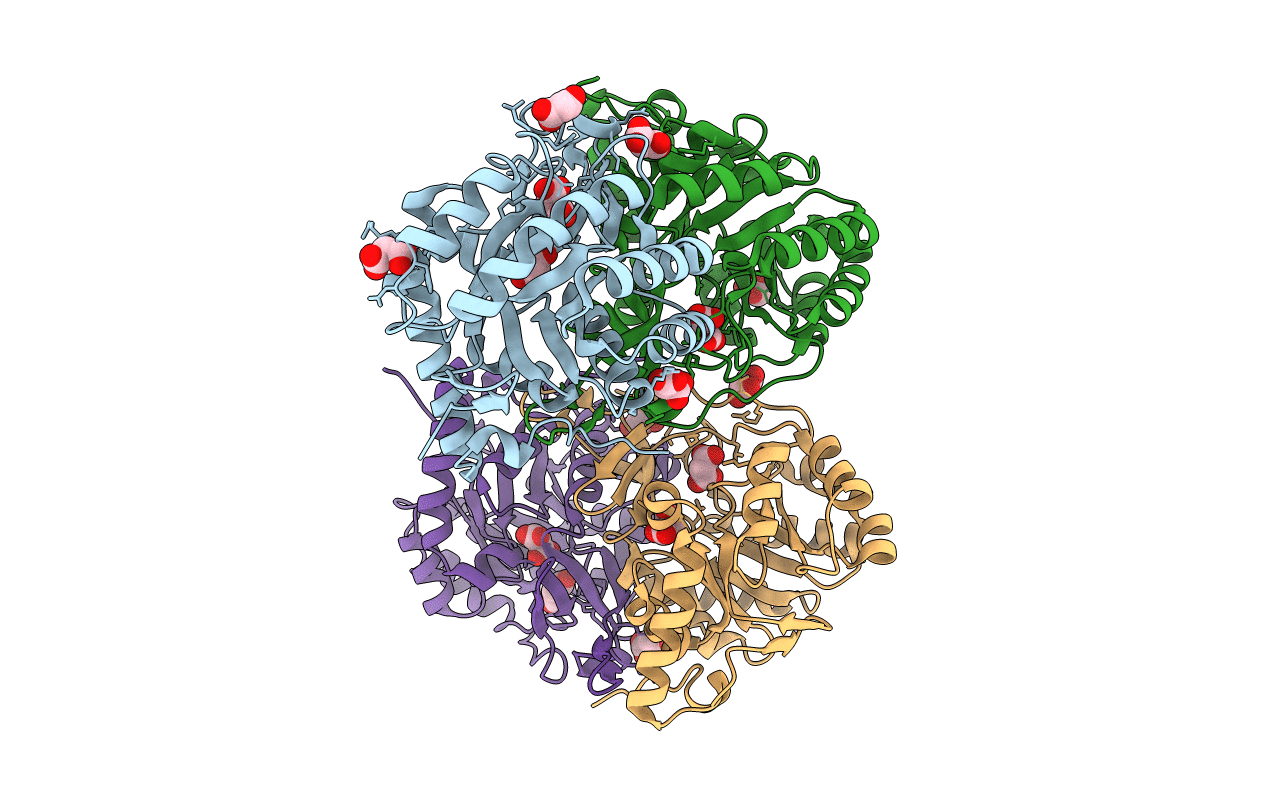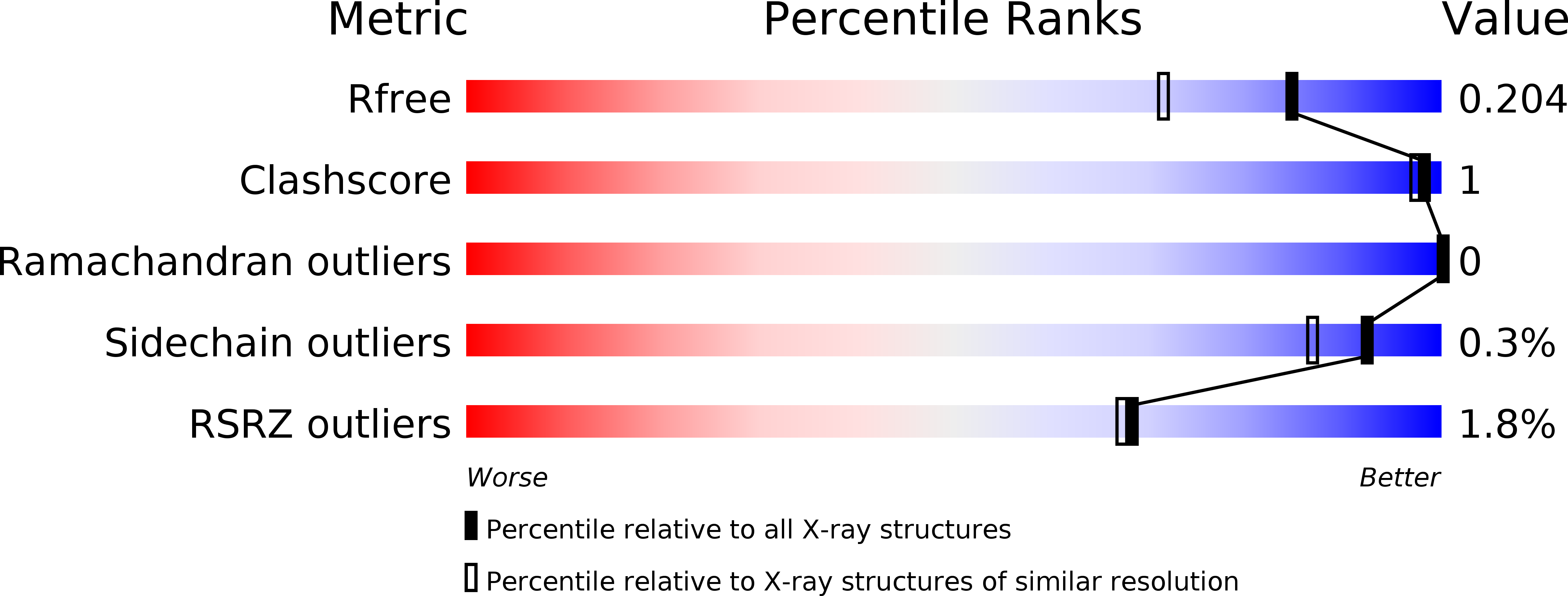
Deposition Date
2017-04-11
Release Date
2018-04-25
Last Version Date
2023-11-22
Entry Detail
PDB ID:
5XFW
Keywords:
Title:
Crystal structures of FMN-free form of dihydroorotate dehydrogenase from Trypanosoma brucei
Biological Source:
Source Organism:
Host Organism:
Method Details:
Experimental Method:
Resolution:
1.60 Å
R-Value Free:
0.19
R-Value Work:
0.17
R-Value Observed:
0.17
Space Group:
P 21 21 2


